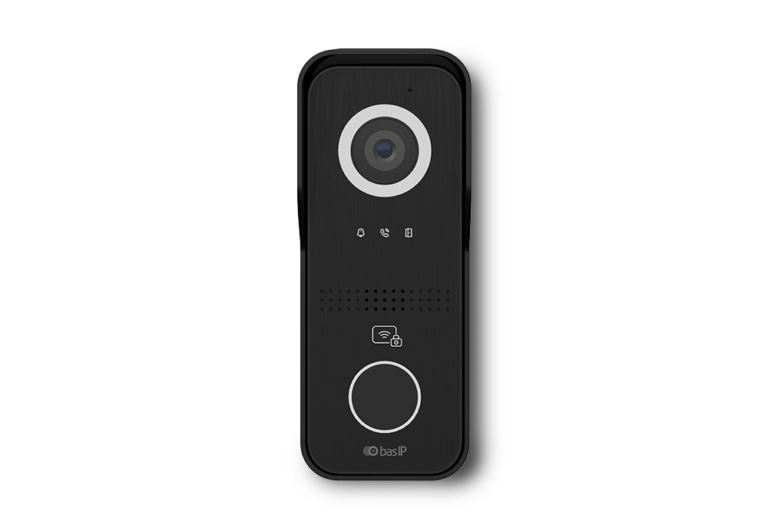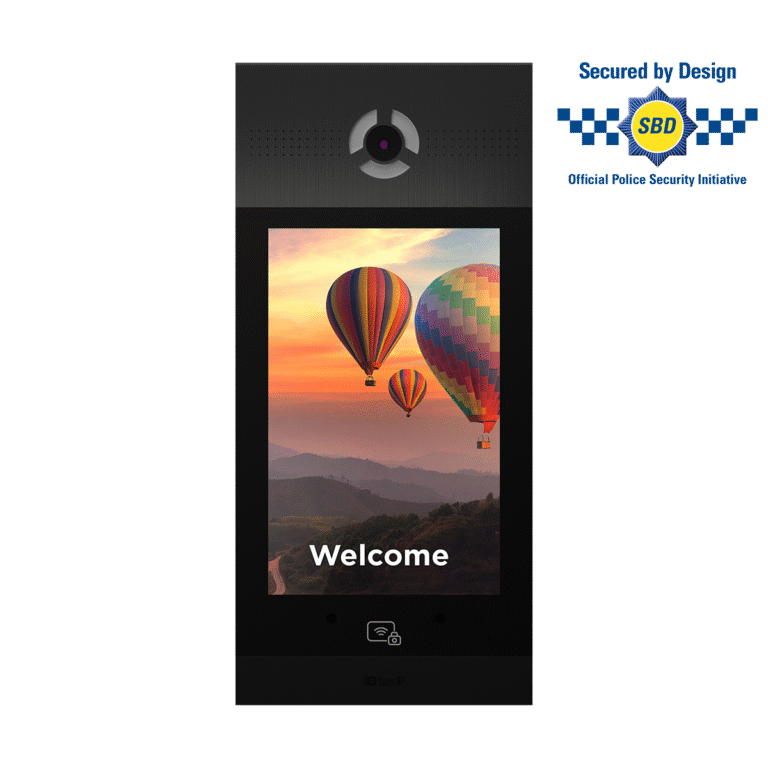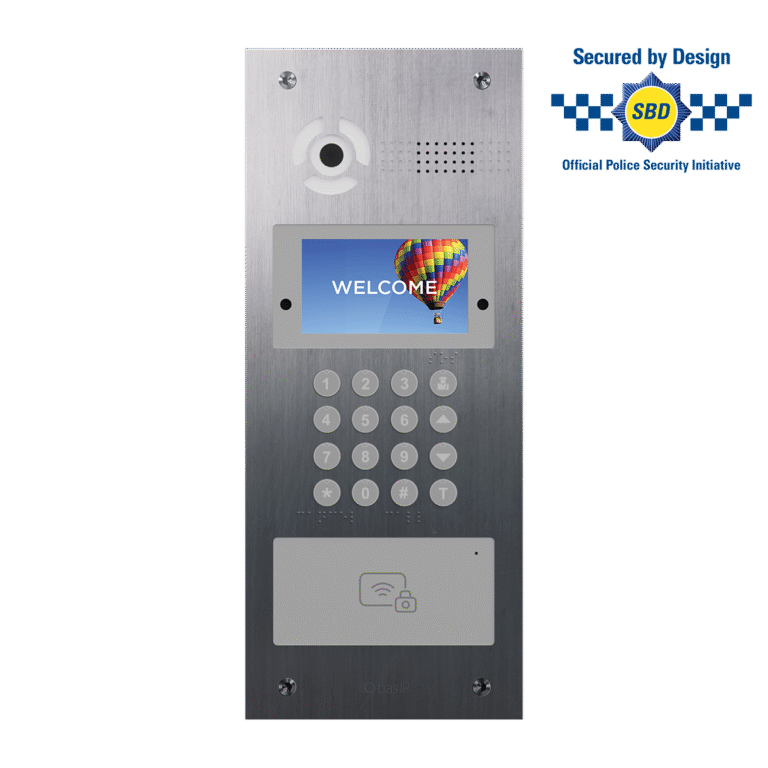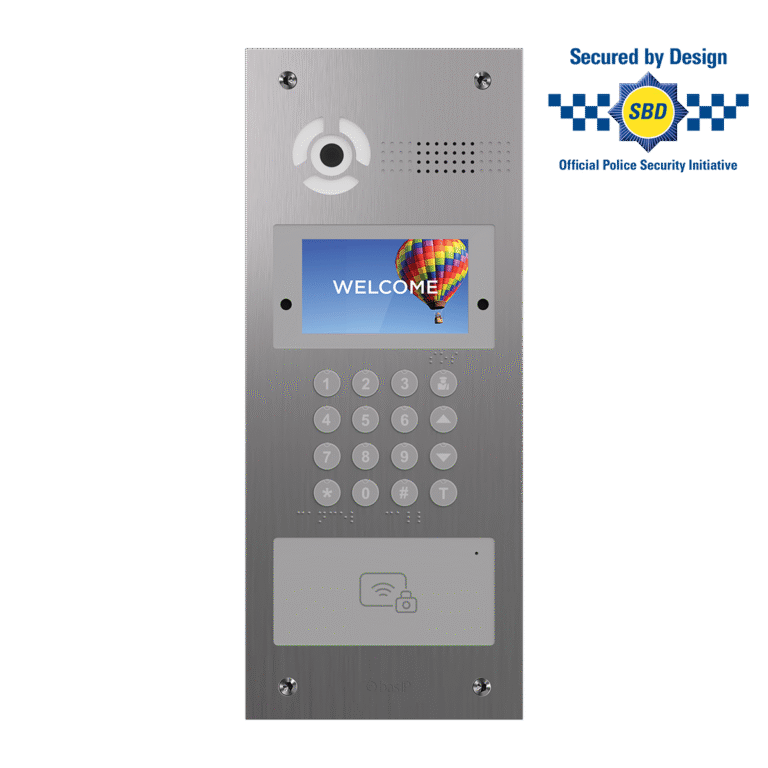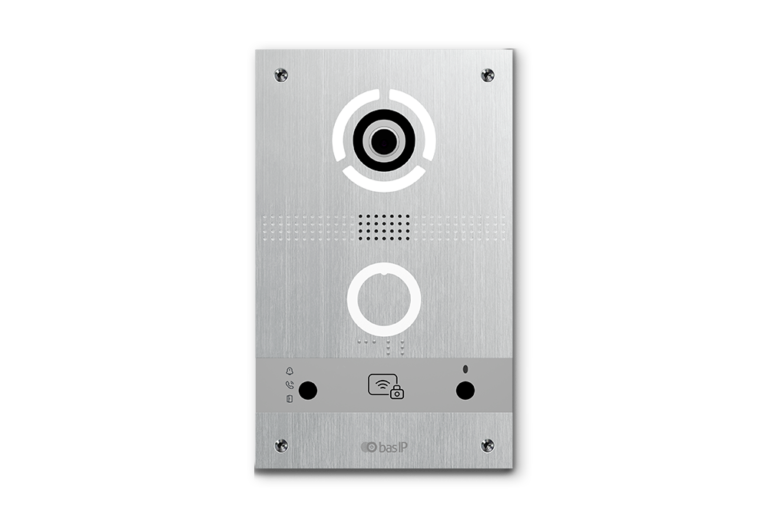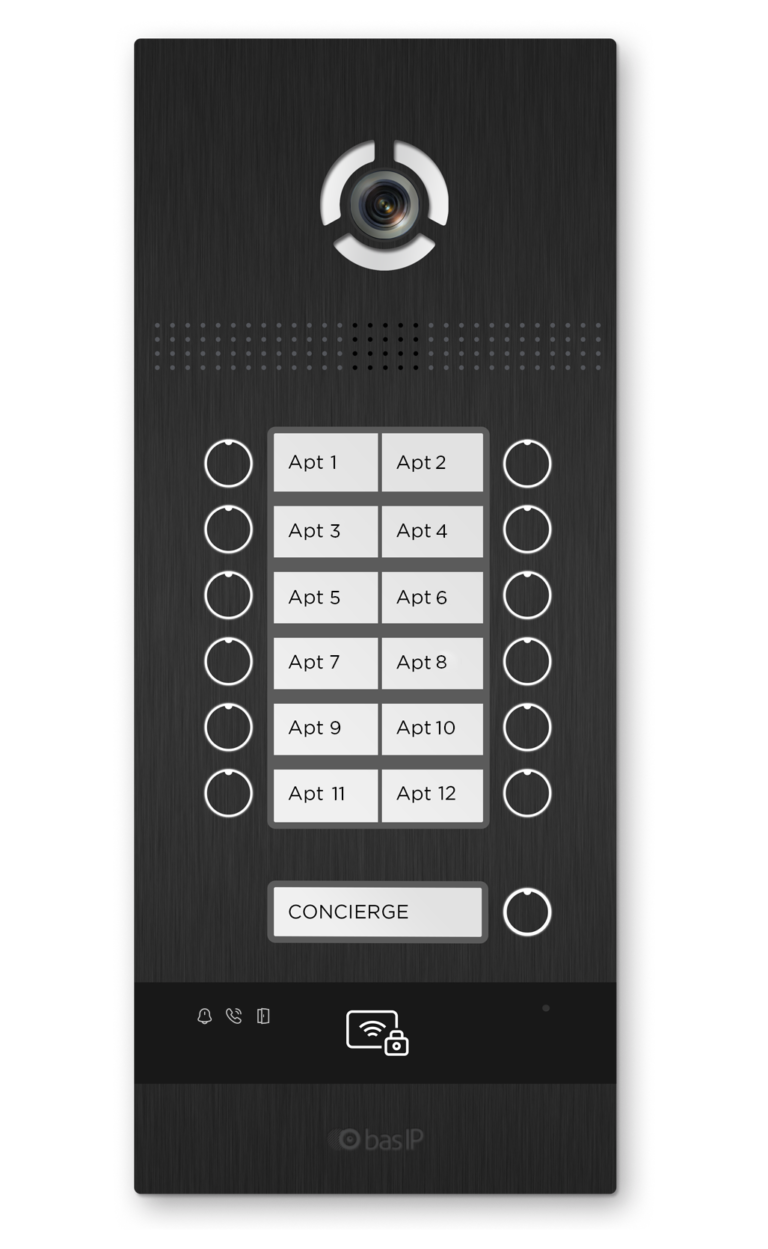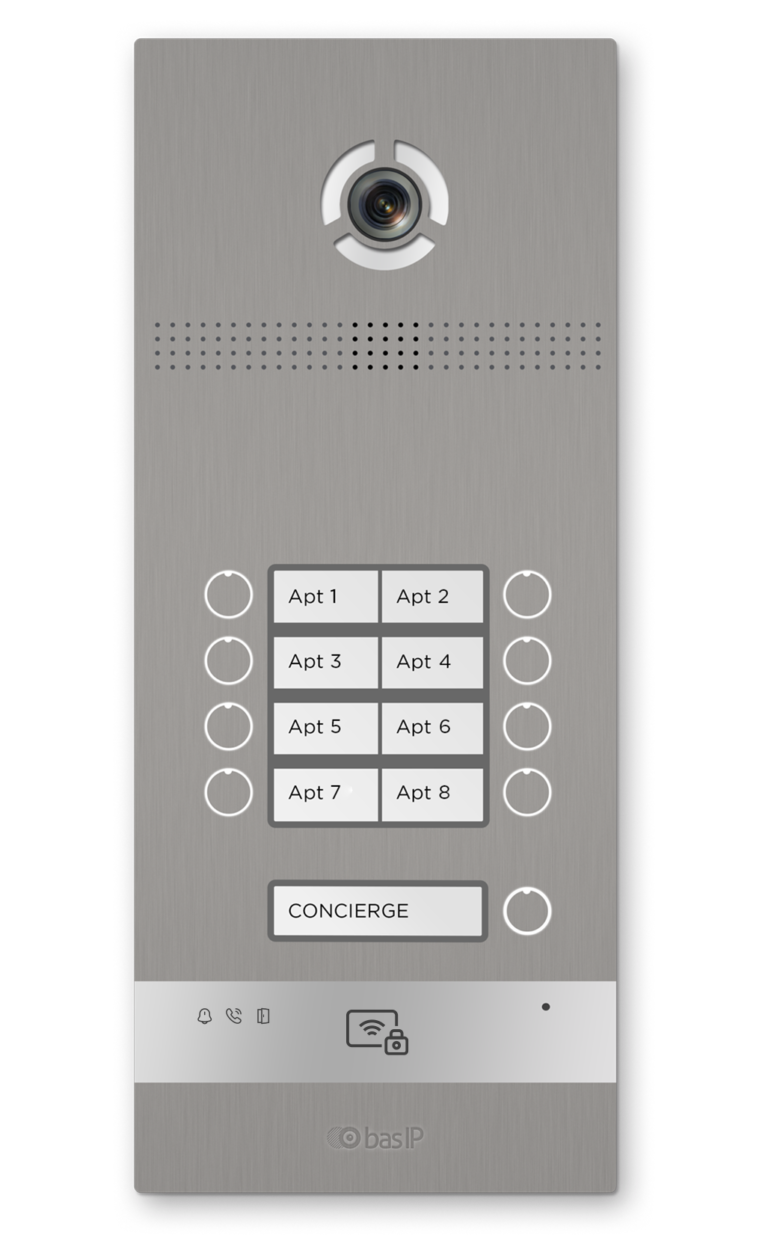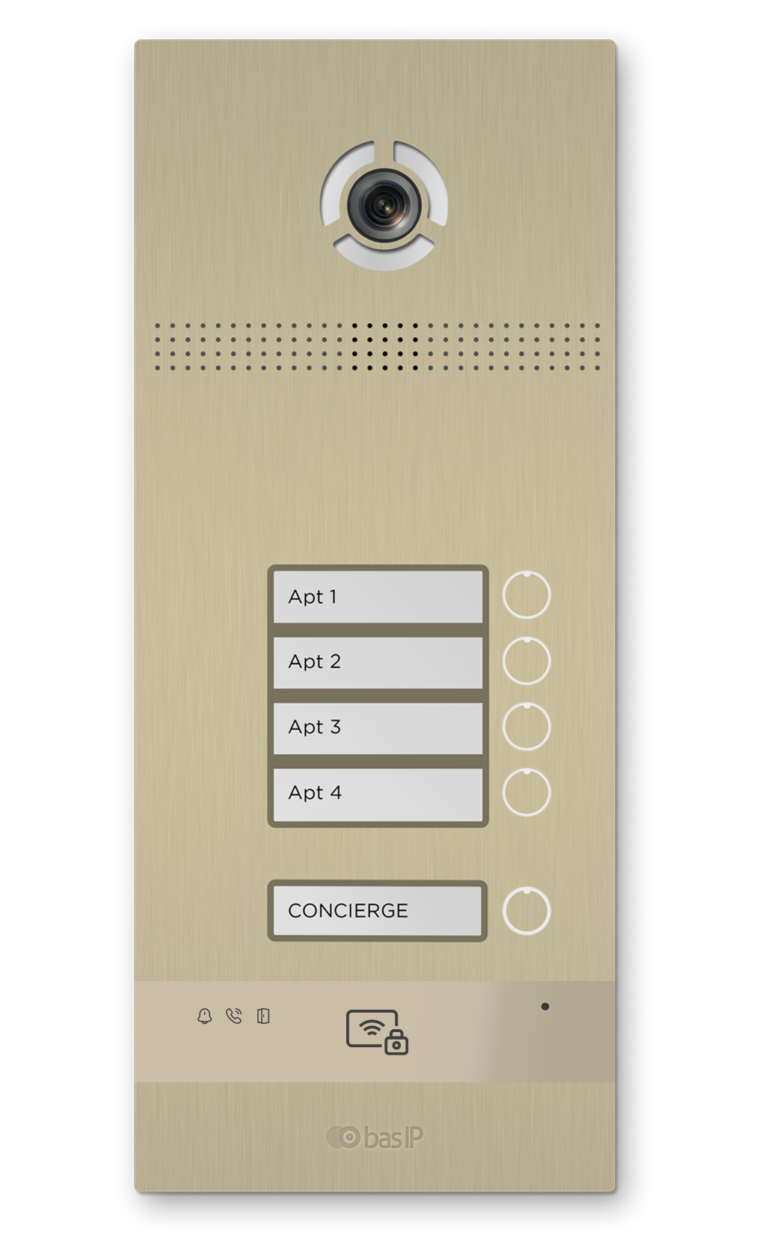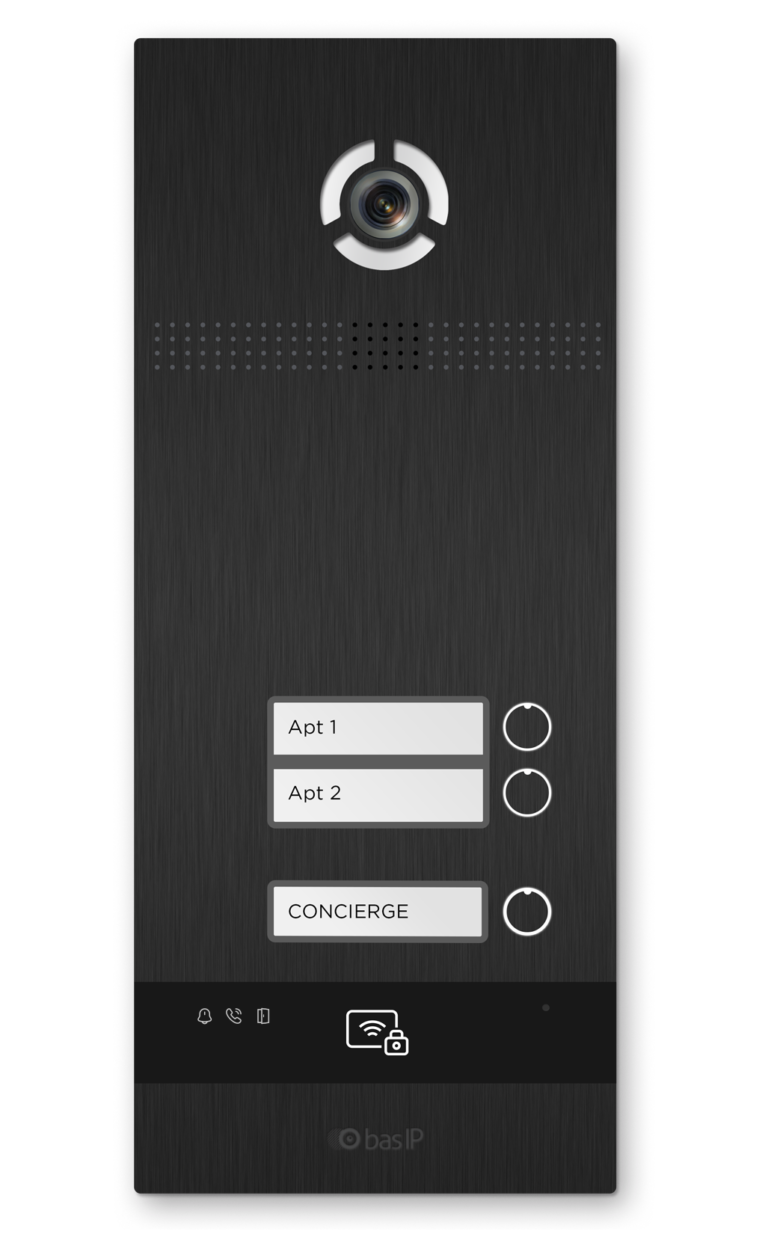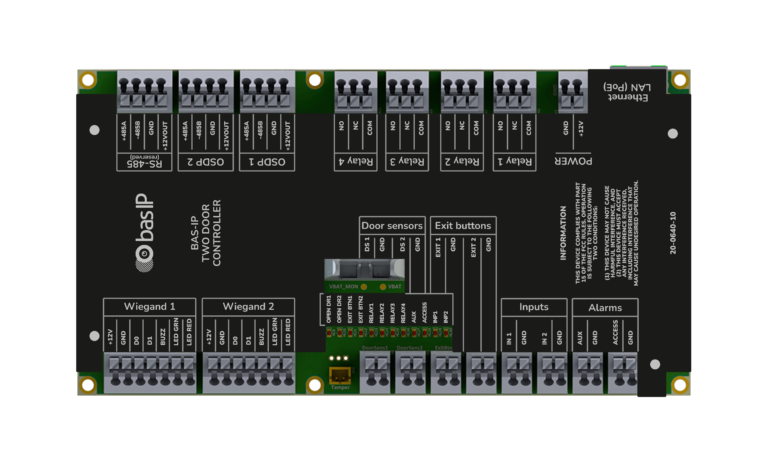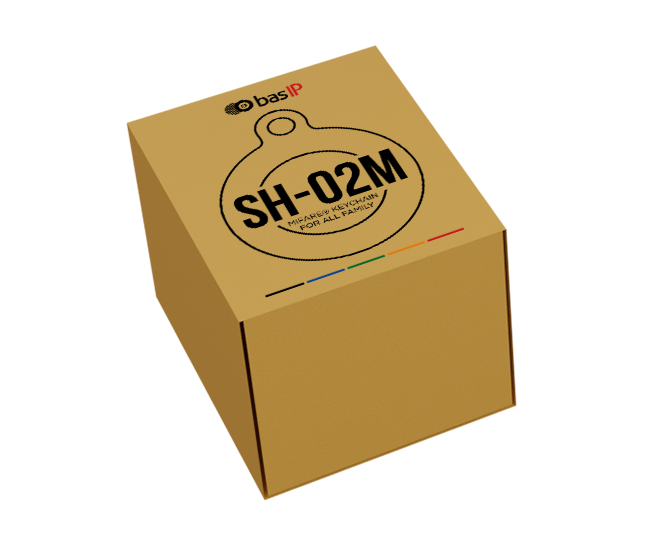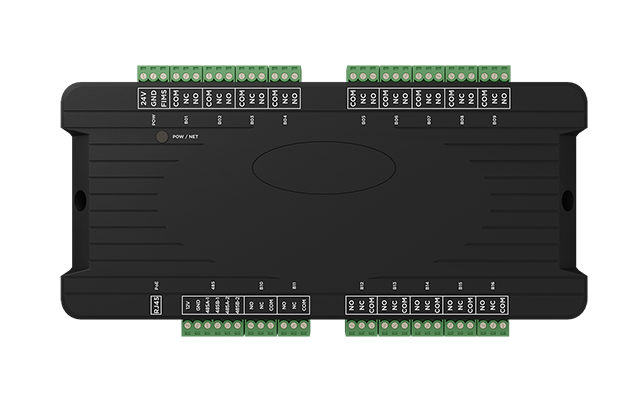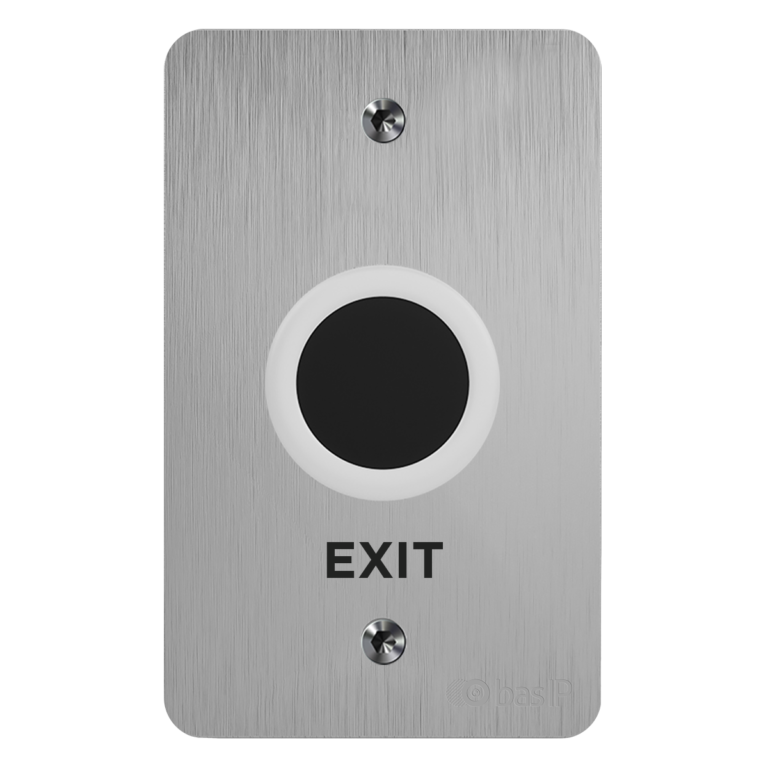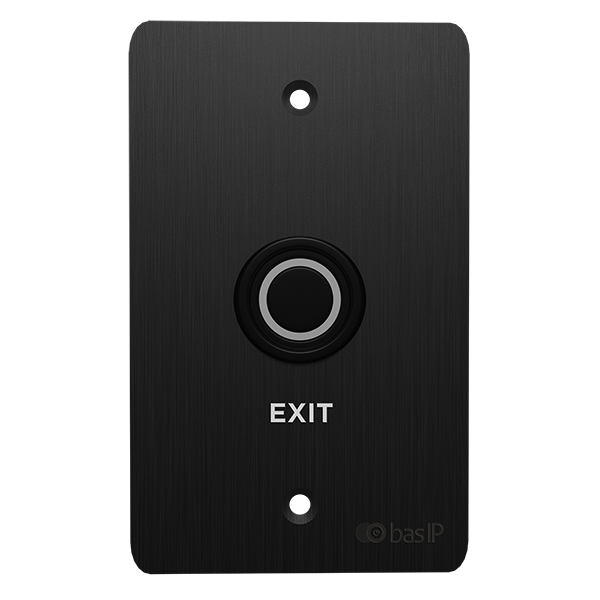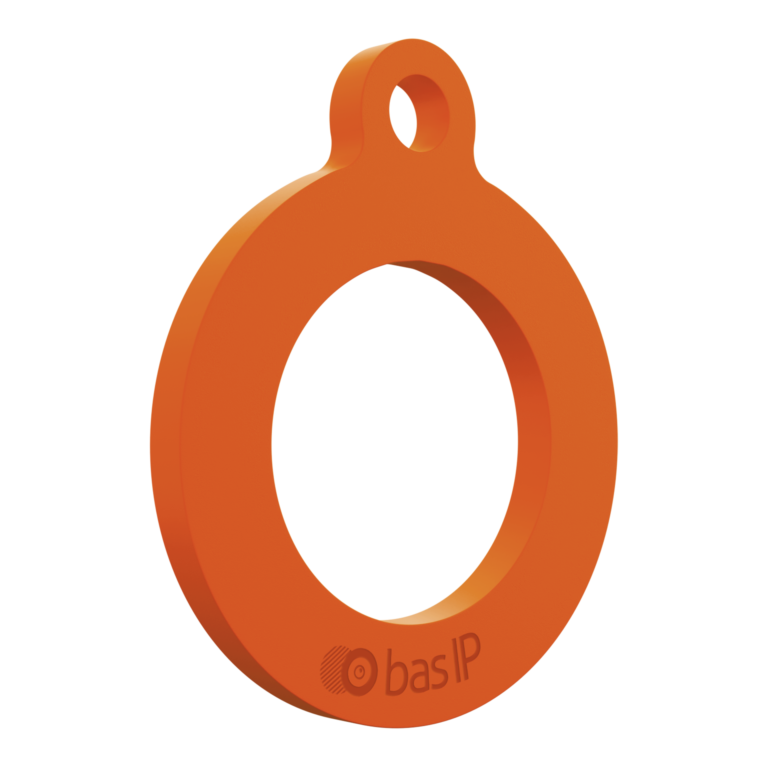Modern Entrance Security Systems for Ultimate Protection

In an increasingly connected world, ensuring the safety and security of your home or workplace is of paramount importance. With advancing technology, entrance security systems have become more sophisticated and accessible. This comprehensive guide will provide an in-depth look at the various types of entrance security systems, their use cases, and the innovative technology that powers them. We will also explore the offerings of leading security solutions provider, BAS-IP, and their cutting-edge access control systems.
Types of Basic Entrance Security Systems
Door Entry Panels
Door entry panels serve as the first line of defense in a comprehensive entrance security system. These panels allow authorized individuals to access a building by using a variety of authentication methods. BAS-IP, a leading provider of entrance security solutions, offers a wide range of door entry panels to suit different needs and preferences. Their panels include features such as vandal-proof designs, HD cameras, and integration with other security systems.
Access Control Systems
Access control systems are a critical component of any entrance security setup. They ensure that only authorized individuals can enter a secured area, while preventing unauthorized access. The BAS-IP AA-14FB is an excellent example of a versatile access control system, offering multiple types of access control methods, including RFID access control, PIN codes, and biometric recognition. This flexibility allows for a customized security solution that fits the specific needs of any organization or residence.
Video Surveillance Systems
Video surveillance systems play a vital role in entrance security by providing visual monitoring and recording of the area. High-definition cameras and advanced analytics capabilities can help detect suspicious activities and trigger alarms, providing an additional layer of protection.
Intrusion Detection Systems
Intrusion detection systems are designed to identify unauthorized entries or break-ins. These systems typically employ motion sensors, glass break detectors, and other technologies to detect intrusions and alert security personnel or law enforcement.
Basic Entrance Security Systems Comparison Chart
| Type of System | Key Features | Use Cases |
|---|---|---|
| Door Entry Panels | Vandal-proof design, HD cameras, integration with other security systems, intercom functionality | Residential, commercial, and industrial buildings |
| Access Control Systems | RFID cards, PIN codes, biometric recognition | Offices, schools, hospitals, hotels, gated communities |
| Video Surveillance Systems | HD cameras, advanced analytics, remote monitoring | Public spaces, commercial buildings, residential areas |
| Intrusion Detection Systems | Motion sensors, glass break detectors, alarm triggers | Warehouses, storage facilities, sensitive areas |
Entrance Security Systems for Commercial Properties
Commercial properties often require more specialized entrance security systems to manage large volumes of visitors and employees while maintaining a high level of security. Some of the more common types of entrance security systems for commercial properties include turnstiles, entrance gates, and security revolving doors.
Turnstiles

Turnstiles are a popular choice for controlling access to commercial properties, as they provide a physical barrier to entry while allowing for efficient management of foot traffic. There are two main types of turnstiles:
Tripod Turnstiles
Tripod turnstiles use a three-arm design that rotates around a central axis, allowing only one person to pass through at a time. They are commonly used in public transportation hubs, stadiums, and office buildings.
Full-Height Turnstiles
Full-height turnstiles provide a higher level of security by extending from the floor to the ceiling, creating a more substantial barrier. These turnstiles are often found in sensitive areas or facilities that require stricter access control.
Entrance Gates

Entrance gates are a versatile solution for commercial properties that need to control access while maintaining an inviting appearance. They can be customized to match a building’s aesthetic and incorporate various access control technologies, such as RFID cards or biometric scanners. Entrance gates are ideal for corporate campuses, hotels, and gated communities.
Security Revolving Doors
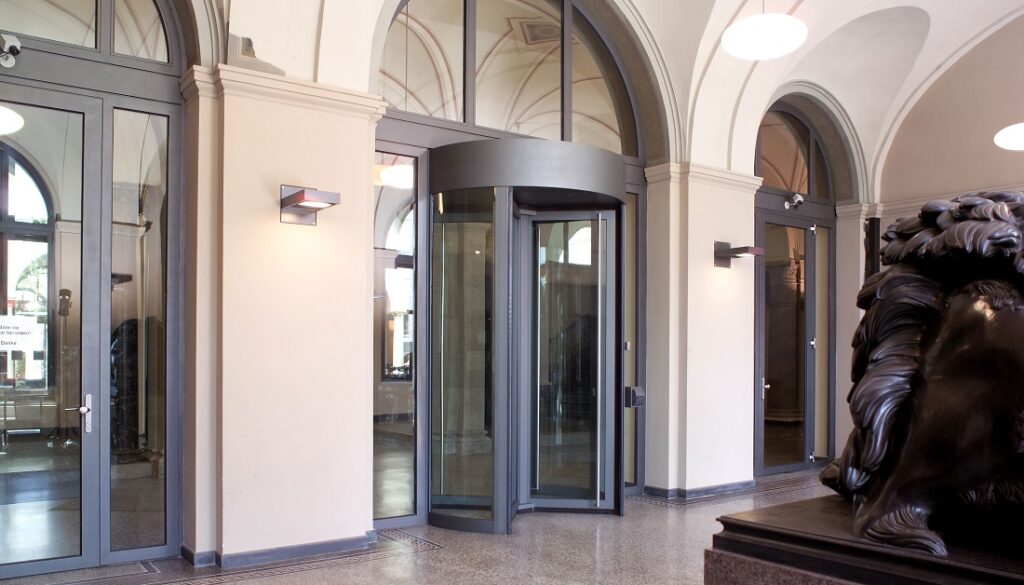
Security revolving doors offer a balance of controlled access and seamless integration with a building’s architecture. They consist of multiple panels that rotate around a central axis, allowing only one person to enter at a time. These doors can be equipped with advanced access control systems and anti-tailgating technology to prevent unauthorized entry. Security revolving doors are often used in banks, museums, and high-end commercial buildings.
Commercial Entrance Security Systems Comparison Chart
| Type of System | Key Features | Use Cases |
|---|---|---|
| Tripod Turnstiles | Three-arm design, one person at a time, efficient foot traffic management | Public transportation hubs, stadiums, office buildings |
| Full-Height Turnstiles | Floor-to-ceiling barrier, stricter access control, higher security | Sensitive areas, facilities requiring strict access control |
| Entrance Gates | Customizable design, various access control technologies, inviting appearance | Corporate campuses, hotels, gated communities |
| Security Revolving Doors | Controlled access, seamless integration with architecture, anti-tailgating technology | Banks, museums, high-end commercial buildings |
FAQs
Conclusion
Entrance security systems are crucial for safeguarding your property and the people within it. With the numerous types of systems available, including door entry panels, access control systems, video surveillance, intrusion detection systems, and commercial-specific solutions like turnstiles, entrance gates, and security revolving doors, there is a solution to fit every need. Companies like BAS-IP provide cutting-edge technology that can be customized and integrated to create a comprehensive security plan. By understanding the various options and assessing your property’s requirements, you can ensure the safety and security of your home, workplace, or commercial property.
